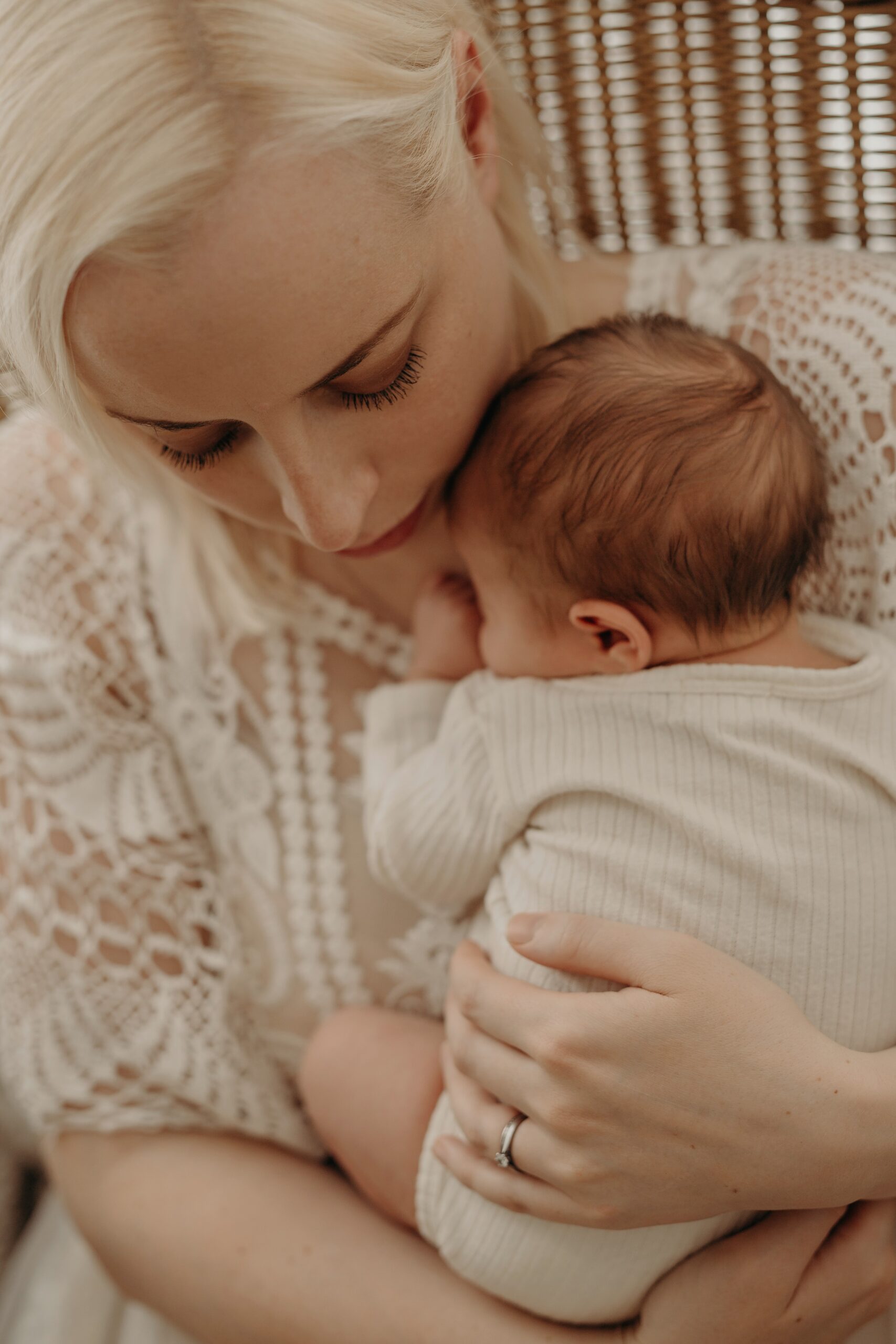If you’ve found yourself here on my page there’s a pretty good chance you’re a parent who is interested in how you can get help with child care costs. You may already be aware that the March 2023 budget had one MAJOR announcement which concerns childcare costs in England. This was the bombshell that the existing 30 hours free scheme is being extended start for children as early as 9 months old.
This is a HUGE revelation and has the potential to completely transform the personal finances of so many families. But what does it mean? What is happening and when? Is there a catch? Well buckle in and read on to find out everything we know so far…
WHAT IS THE 30 HOURS SCHEME?
The current 30 hours ‘free’ scheme provides government funding towards 30 hours of childcare for 3 to 4 year olds in England with similar provision available in Scotland and Wales.
You will notice that I often put the ‘free’ element into quotation marks because the title is misleading and for many, it is simply not free. It’s important to know about this from the outset because if you are planning your family budget based on zero childcare costs, you might be in for a nasty shock.

WHO IS ELIGIBLE FOR 30 HOURS?
In actuality, the government currently only pays nurseries £4.18 per hour for each ‘free’ hour which often doesn’t cover their running costs. Whilst nurseries are not technically allowed to simply charge a top up for care, they ARE entitled to charge for additional services such as the provision of nappies, wipes, forest schools, meals and other additional services and equipment.
In addition to this underfunding issue, you don’t actually get 30 hours ‘free’ per week. The current scheme is applicable to term time only which is 38 weeks of a 52 week year so costs may still be incurred during the additional weeks. For more information on exactly how 30 hours free works, how much it could cost, how to apply and everything else you need to know, click this link.
30 hours ‘free’ applies to families where both parents (in most cases) are working. The minimum earnings threshold to receive this support works out at around 16 hours per week.
There is also an upper threshold of £100,000 for a single earner. This is similar to the child benefit high earner threshold in that household combined income is currently irrelevant. This means that a household with two people earning £99,000 would qualify but a household where one party earns £110,000 and the other earns £20,000 would not. This causes outrage for many families who feel it simply isn’t fair.
Don’t panic if you earn below the limit as families where one or both parties do not work, are in receipt of other benefits or are otherwise ineligible may receive other applicable support.
If you are part of a household who is ineligible for 30 hours because you either earn too much or too little, you can read my blog about some of the different government support options currently in place here.

WHAT HAS CHANGED WITH 30 HOURS FREE AND WHEN WILL I GET THEM?
Well, technically nothing has changed YET. However the government did announce that the current 30 hours free childcare scheme is being extended to start at the age of 9 months. This is welcome news for thousands of working families who have struggled to bridge the gap between the return to work and funded hours. But if you’re a parent already don’t crack open the bubbly just yet because, depending on the age of your child, you might not feel any benefit of the new scheme at all.
Unfortunately the implementation of the changes to 30 hours free childcare will be phased as follows:
April 2024: 15 hours free childcare available for eligible 2 year olds:
Sept 2024: This is extended to 15 hours free childcare available for eligible children from 9 months.
Sept 2025: 30 hours free childcare for all qualifying children from 9 months of age.
This delayed implementation schedule caused dismay for many parents who were hoping for an instant solution for help with childcare costs, particularly in the midst of the current cost of living crisis. The government say this timescale is due to the ‘massive expansion’ of the scheme and the need to give childcare settings time to prepare and provide enough places to meet the demand.
If you are trying to work out exactly when you will feel the benefit of 30 hours ‘free’, it’s also important to note that you won’t just get access to the free hours on your child’s qualifying birthday. This is because in the current scheme you only become eligible the term AFTER your child’s birthday as follows:
Children born Sept – Dec – Eligible on 1st January
Children born Jan – Mar – Eligible on 1st April
Children born Apr – Aug – Eligible on 1st September

IS THERE A CATCH?
On the surface the changes to the 30 hours scheme sound AMAZING and its certainly welcome news for thousands of families however there is a lot still to be explained in terms of how this will work in practise.
Currently the cost of childcare means that many parents choose not to enter their children into childcare until their 30 hours kick in so the extension could mean increased demand and competition for paid childcare. This may be problematic given that widespread reports say nurseries are struggling to recruit staff and underfunding of the existing 30 hours places has caused large numbers of childcare settings to close in recent times.
In addition there is the issue of staff ratios as the government also announced the reduction of the minimum staffing for 2 year olds. Previously the requirement was for one member of staff per every four children but this will be increased to one member of staff per every five children. As a parent I’m not happy about this change as I can barely manage one two year old by myself let alone five. The government have referenced the fact that this is already the case in Scotland and is being introduced following a ‘thorough consultation’ regarding safety. It should be noted that this change is optional however it’s likely that childcare providers may feel pushed into adopting it if the government funding per hour is not increased.
There is also some skepticism as to whether the changes will actually occur, particularly because the major roll out is due AFTER the next general election. My personal opinion is that regardless of which party wins the next general election, they would be hard pushed to go back on this plan as its likely to be a hot topic during campaign season.
WHAT OTHER CHANGES WERE ANNOUNCED?
During the budget a couple of other key childcare announcements were made which included the promise that additional funding will means that MOST primary schools will be able to provide their own wraparound care by September 2026. This may be independently or in conjunction with another school. If you do use wraparound care and are eligible please make sure you’re also using tax free childcare to save even more money on childcare costs.
For those on universal credit, currently up to 85% of childcare costs can reclaimed but the maximum amount of support available was increased from £646 to £951 for one child and from £1108 to £1630 for two children. On top of this the government propose to ensure that those claiming universal credit can get access to those childcare funds up front as opposed to claiming them back which is currently a barrier to accessing childcare for many.
[lasso rel=”648q-2″ id=”680″]
CONCLUSION: IS THIS GOOD NEWS?
As a working parent who has seen her childcare costs rise time and time again (they recently went up by £4 PER DAY) its hard to see this change as anything other than positive. If the proposals ARE implemented in line with the current timescales I will personally benefit from additional year of 15 hours free. Aside from that, I am thrilled for all the parents and carers behind me who will fully benefit.
However I am concerned about the timing of the full roll out and change in staff ratios but more so the ability of childcare settings to cope with the increased demand. My current hope is that the detailed plans will include an increased amount of funding per hour to help with this issue.
Full details of exactly how the government plan to implement their plans are likely to announced in the near future and we await these proposals to find out more.
Happy Budgeting!
Leigh
